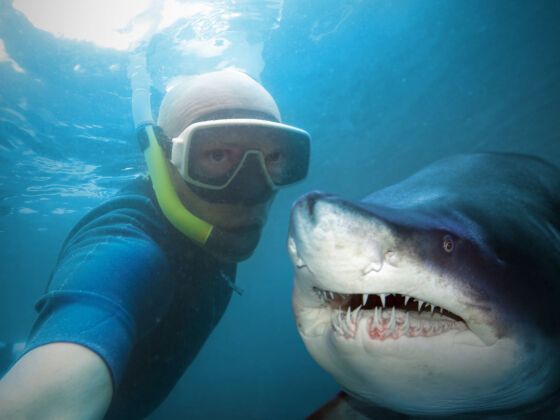On paper, it makes very little sense to be scared of sharks. When you get into the water, you have a far better chance of drowning than you have of being attacked by a shark, let alone being killed by one. Nearly 360,000 people drown each year, while only 12 die every year in shark attacks.
David Shiffman, a marine biologist at the University of Miami, put it this way: “I recently calculated that Jack Bauer has killed more people onscreen in 24 than every shark attack worldwide since 1580, when the species of shark was identified.” Mosquitoes are far more dangerous. Deaths caused by mosquito-transmitted diseases kill around 725,000 people a year.
